Haro Asô
Extraits
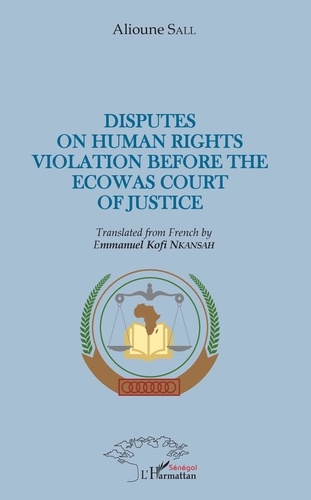
Droit
Disputes on human rights violation before the ecowas court of justice
07/2019
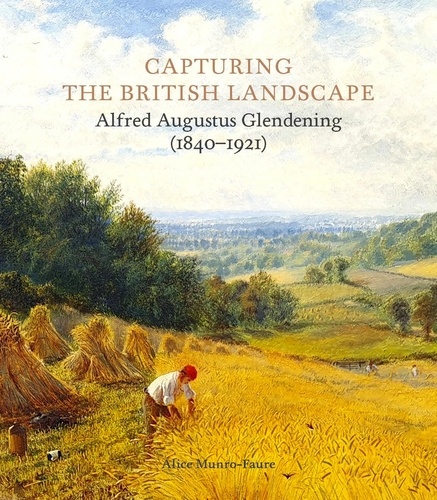
Beaux arts
Capturing the British Landscape. Alfred Augustus Glendening (1840–1921)
10/2022
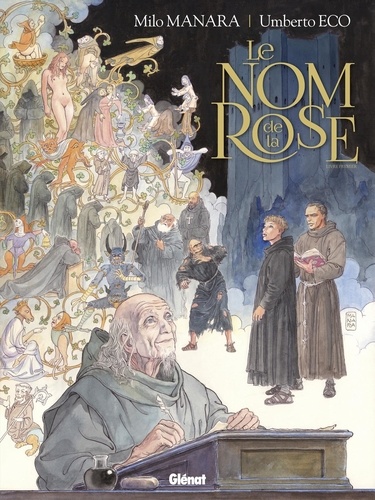
Historique
Le nom de la rose - tome 01. Livre premier
09/2023
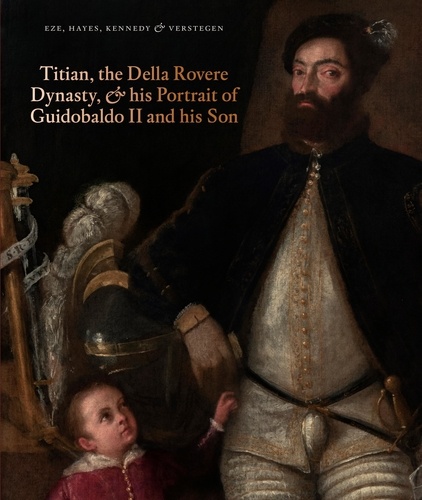
Histoire de l'art
Titian, the Della Rovere Dynasty, and His Portrait of Guidobaldo II and his Son. Edition
11/2021

Education de l'enfant
Dégenrer, ça vous dérange ? 18 situations pour déjouer les stéréotypes et agir en faveur de l'égalité filles-garçons
08/2021
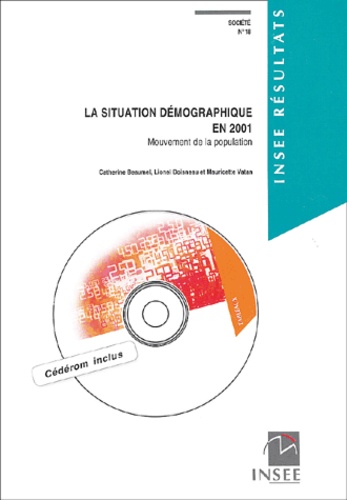
Géographie
La situation démographique en 2001. Mouvement de la population, avec 1 CD-ROM
08/2003
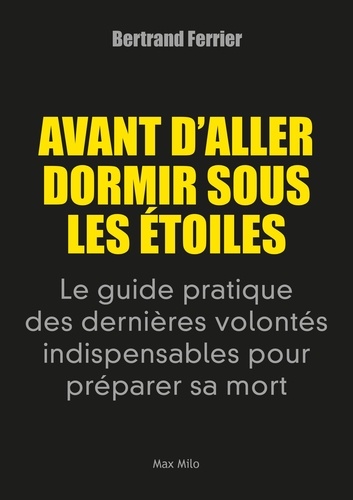
Gestion de patrimoine
Avant d’aller dormir sous les étoiles. Le guide pratique des dernières volontés indispensables pour préparer sa mort
08/2023
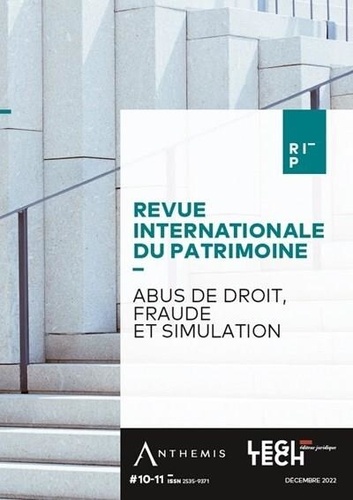
Revues de droit
Revue internationale du patrimoine N° 10-11, décembre 2022 : Abus de droit, fraude et simulation
01/2023
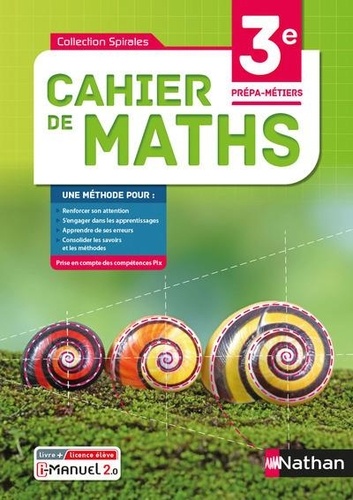
Mathématiques (BEP-CAP)
Cahier de maths 3e Prépa-Métiers Spirales. Edition 2021
05/2021
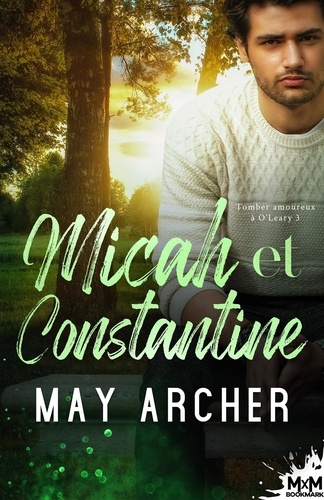
Romance sexy
Tomber amoureux à O'Leary Tome 3 : Micah et Constantine
03/2023

Romans, témoignages & Co
Show devant
05/2022

BD tout public
La passion des Anabaptistes Tome 2 : Thomas Müntzer
10/2014

Non classé
Read Ancient African scripts from any current African language. Volume 2
05/2020
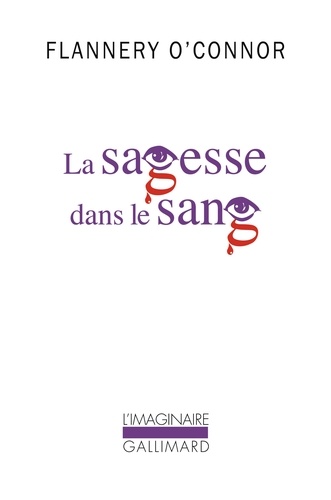
Poches Littérature internation
La sagesse dans le sang
09/2012
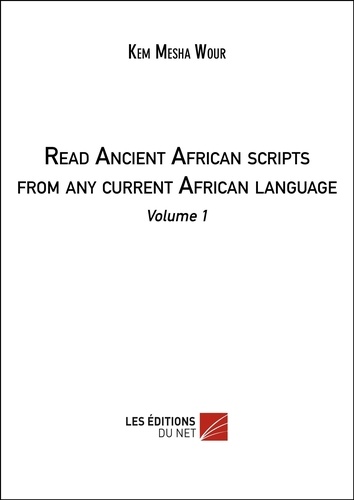
Non classé
Read Ancient African scripts from any current African language. Volume 1
05/2020

Beaux arts
Drawn to Life. Master Drawings from the Age of Rembrandt in the Peck Collection at the Ackland Art Museum
10/2022

Sports
L'année du rugby 2017
09/2017
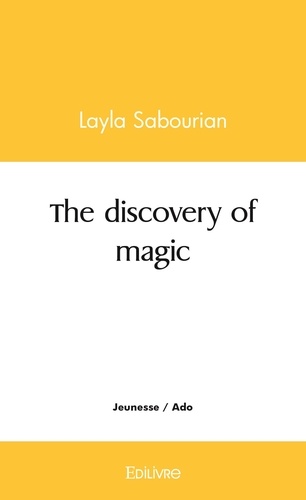
Livres 0-3 ans
The discovery of magic
09/2021

Développement durable-Ecologie
GLIM FOR ECOLOGISTS. Disk included
01/1993

Critique littéraire
Héloïse vierge et mère. Un cas de pédophilie incestueuse au 12e siècle
02/2008

Arbitrage
Les Cahiers de l'Arbitrage N° 4/2022
02/2023

Monographies
Burmese Silver from the Colonial Period
09/2022
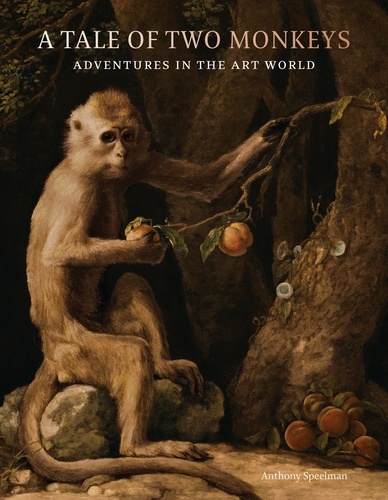
Monographies
A Tale of Two Monkeys. Adventures in the Art World
12/2022
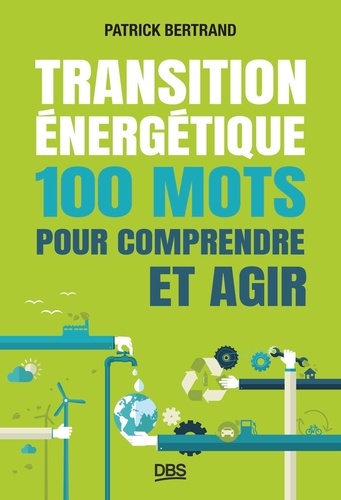
Energie
Transition énergétique. 100 mots pour comprendre et agir
02/2024

Etudes de lettres
Agrégation de Lettres. Tout le programme du Moyen Age au XXe siècle en un volume, Edition 2022
08/2021

Rock
Iggy Pop and The Stooges
12/2021
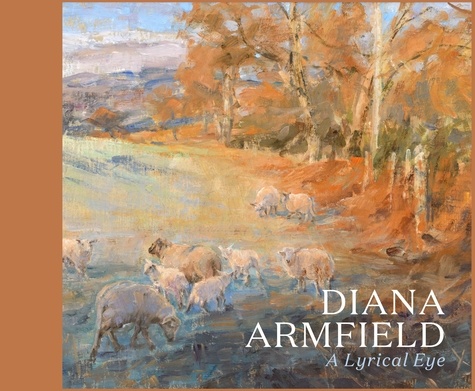
Monographies
Diana Armfield. A Lyrical Eye
06/2021
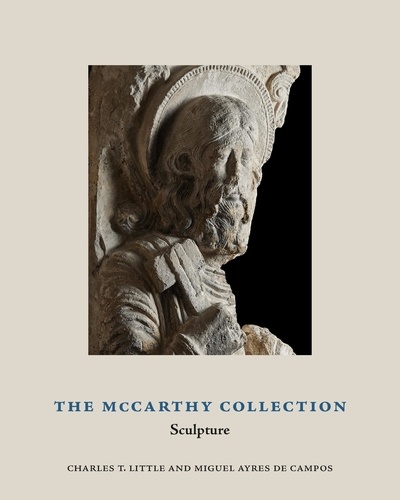
Sculpture
The McCarthy collection. Sculpture
04/2024

Sciences de la terre et de la
Cuckoos, Cowbirds and Other Cheats
04/2000

Religion jeunesse
The beautiful dolls of Julia are getting married. Numéro 22
10/2018

